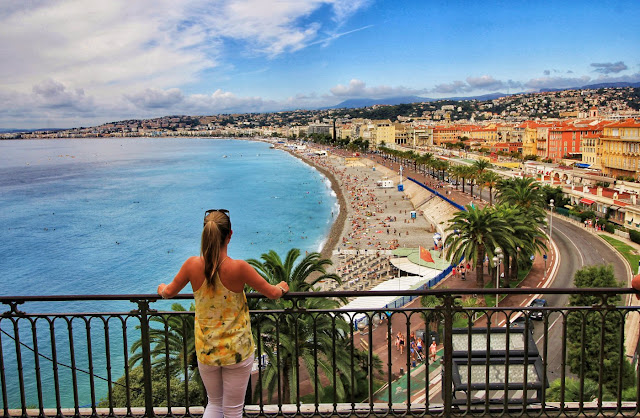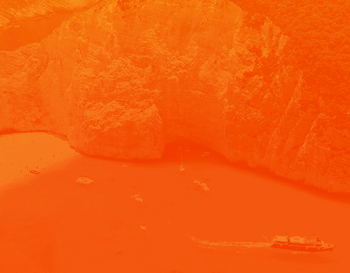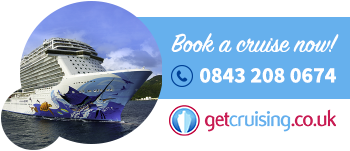A two minute history of Nice and the French Riviera
The preferred sea resort of wealthy British and Russian aristocrats in the 19th century, Nice and the Cote d’Azur region, also known internationally as the French Riviera, opened up to mass tourism in the 50′s and 60′s, thanks to French and international movie stars flocking to its picturesque villages, including St. Tropez, Cannes, Antibes and Villefranche, while famous artists such as Pablo Picasso found their hideouts up in the hills of Vallauris, St Paul de Vence or Mougins.
The microstate of Monaco and princess Grace Kelly also contributed to the glamorous image of the area – in ’70s and ’80s, the masses invaded. Overcrowded beaches, large cement hotels, huge night clubs, casinos and France’s second largest airport after Paris saw the light, and a high-volume tourism economy made many small and big riches.

The 90′s, however, brought on signs of a flattening fame. Celebrities kept finding new hidden and fashionable destinations and only showed up for special events such as the Cannes Film Festival or the Monaco Grand Prix. Cultural tourists escaped the greasy summer beaches; young, hip travelers preferred the stylish Ibiza. Foodies looked for authentic French gastronomic experiences and thus discovered the southwestern regions of Perigord or Gironde, and ventured to various countryside regions in Italy (ok, not so French, but great food is great food after all).
Nevertheless, the fantastic weather (340+ sunny days per year) and scenic landscapes kept attracting an international and wealthy expat community, thanks also to the tech park of Sophia Antipolis, where leading multinationals such as IBM, Texas, Accenture, and Amadeus set up R&D or European headquarters.
But nothing stopped the decline of the city of Nice. Overpriced hotels and restaurants – not restyled since the 60′s – along with crime, prostitution, corruption, a clogged traffic infrastructure…the population saw it all. The new century saw a dark, old, dirty and boring summer destination on the decline. The number of hotel rooms sold fell by 15-20% between 2000 and 2004.
A destination reborn
Following the global travel recession of 2001, the local politicians came to the conclusion that something different had to be done. They managed to agree and invest in a cross-city development plan targeted at improving infrastructure and mobility in the area.
The plan included:
- A new super modern airport terminal and favorable conditions to attract low-cost carriers from all European cities
- The redesign of Nice’s inner city highway enabling easier morning/evening commuting.
- The redesign of the famous “Promenade des Anglais” seafront with less parking spaces and an enlarged pathway, ideal for beach front jogging or inline skating.
- The complete “pedestrianization” of the historical old city center and nearby areas.
- The cleaning up of all beaches with dedicated areas for volleyball, as well as sandboxes for babies (the rest of the beaches are pebbly), and reasonable alternance of free and paid-service beaches.
- And, of course, the grand opening of the high-tech electric tramway, crossing all key areas of the city of Nice, from the rail station to the shopping district, the old town, the bus station and the seafront.
All of these works didn’t come for free. Construction works made the life of the Nicois miserable, created endless traffic jams, opened the door to more political corruption, and took years longer than originally planned.

Paradoxically, this was exactly what was needed, in evolutionary terms, to get rid of the weakest individuals of the population.Many small business owners who made their money without much effort in the previous decades decided to give up and retire, scared by the further loss of business due to all the ongoing works. Small restaurants, shops, hotels and entire shopping centers have been progressively taken over, shut down and refurbished by young and global-savvy teams, importing design trends and ideas from the world’s leading capitals. In particular, a prominent gay community elected Nice as a favorite trendy and fashionable European hotspot.
.
This is the first of several post about things to do in Nice, France. I live there (here),as I write.You can easily subscribe to the feed alerts by clicking the big bad orange square button below (or on top of the page), and feel free to ask questions while I’m still a Nicois.
https://worldtravellike.blogspot.com/2020/03/nice-france-born-again.html


